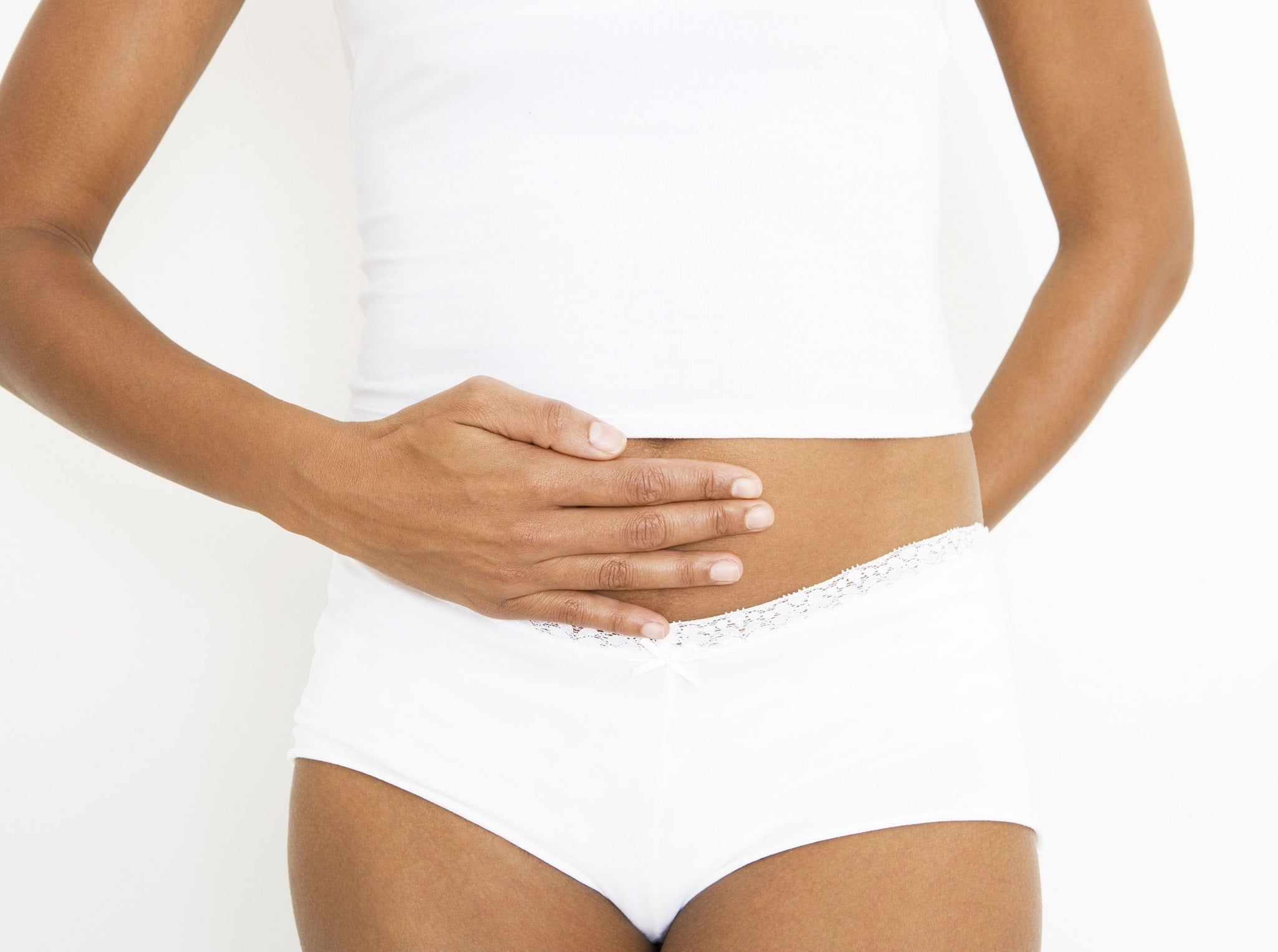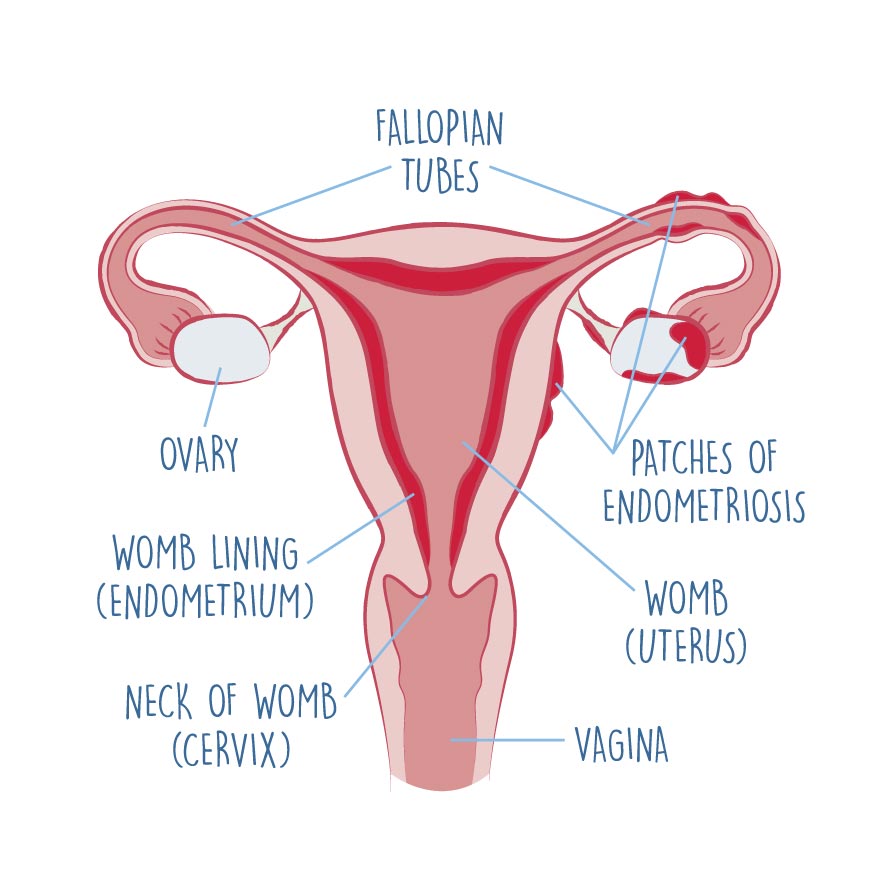Endometriosis Releaf

Between 10 and 20 percent of American women have endometriosis during their reproductive years. The condition can begin as early as a girl’s first period, and isn’t always resolved by menopause. While those truths are far from ideal, the good news is that cannabis might just be the answer to the struggles caused by endometriosis.
ENDOMETRIOSIS 101
Let’s start with the realities of endometriosis: it occurs when a tissue similar to the one that normally lines the inside of the uterus (endometrium) begins to grow outside of the uterus. It is most often found in ovaries, fallopian tubes, the outer surface of the uterus, and the bladder – and sometimes found throughout the entire body. It usually affects women in their 30s and 40s and is rare in postmenopausal women. This condition has a variety of symptoms, including not limited to: pain, bleeding, infertility, and digestive problems.

PREVENTATIVE CARE
While experts aren’t sure what causes endometriosis, theories include retrograde menstrual flow (more on that here), hormones, and genetic components. While it can’t be prevented, there are ways to reduce the chances of developing endometriosis:
- Lower body fat means lower estrogen, and estrogen is what causes endometrium to grow and thicken. Therefore, lowering body fat through exercise and a healthy lifestyle can reduce the chances of endometriosis.
- Similar to body fat, alcohol and caffeine increase estrogen levels in the body. By no means are we suggesting that you say no to a margarita or put down your cup of coffee – merely suggesting that you are cognizant of your intake.
Prevention efforts don’t always mean a woman will not experience endometriosis. Because there is no cure, women experiencing endometriosis are steered towards painkillers, surgeries, birth control, and hormone therapy to address the ongoing pain. However, these treatments are often ineffective in managing the pain and do little to nothing to prevent further spread of the disease.
CANNABIS AND ENDOMETRIOSIS
On the other hand, cannabis has immensely improved the experiences of women who have endometriosis. You don’t have to take it from us – studies and interviews with women around the world reveal the benefits of using cannabis to address their symptoms with this contion:
- In Australia, 1 in 10 women report using cannabis to ease their pain. Out of all of the self-management techniques reported, cannabis was rated by far to be the most effective in relieving pain. The women who used cannabis to combat endometriosis also credited it to improvements in gastrointestinal problems, nausea, anxiety, depression, and sleep.
- 32% of participants in a Canadian study reported having tried cannabis. 67.5% of those reported it to be very or moderately effective in treating their pain.
The anti-inflammatory properties of cannabis are effective for pain relief by using endocannabinoid receptors to deactivate the nerves in endometrial cells. The new evidence reveals that cannabis goes beyond mitigating endometriosis symptoms and actually addresses their root cause. Endometriosis is caused by tissue cells existing where they shouldn’t – and CBD interacts with the GPR18 receptor to block these cells from migrating throughout the body.
The bottom line: don’t let the fancy terms and uncertainty around endometriosis fluster you. Cannabis has clearly done the job for countless women, and it could do the job for you too.
by Brooke Kenerson